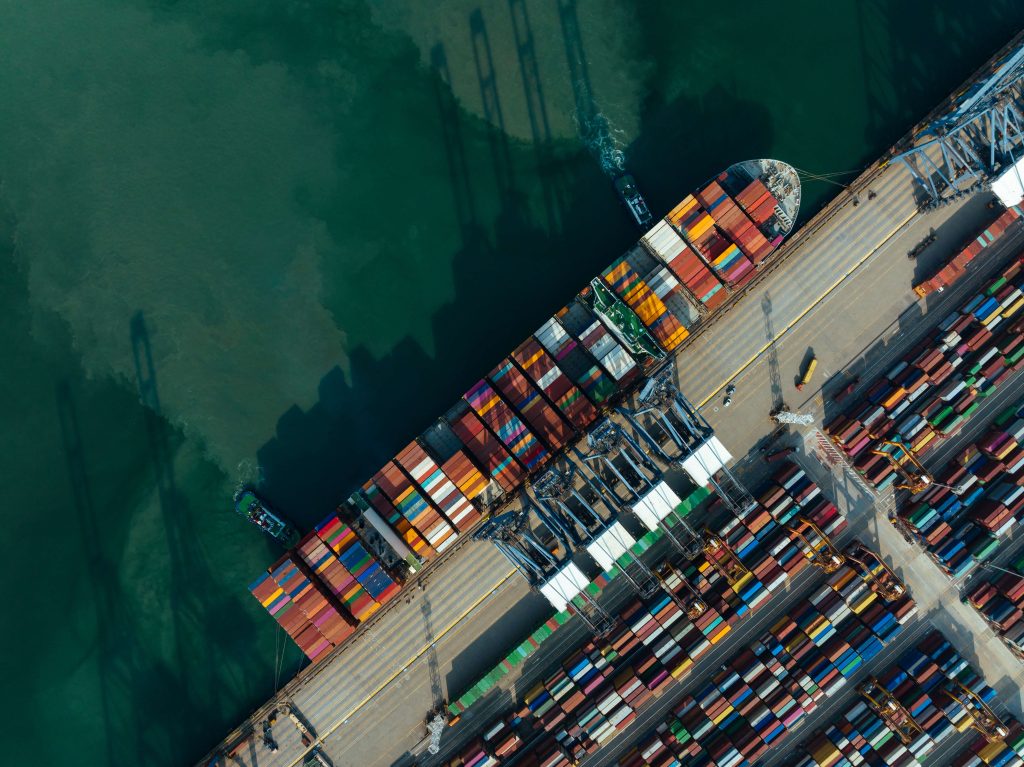
As the world of global shipping and logistics continues to evolve, it is becoming increasingly important for businesses to stay up to date with the latest developments in container shipping. The industry has seen a number of changes over the past few decades that have had a significant impact on how goods are moved around the globe. This is important given the current global economic climate and the need for businesses to remain competitive.
In this article, we’ll discuss five of the biggest changes in recent years that have had an impact on container shipping and illustrate how these changes can improve the efficiency and effectiveness of international transportation.
Increased Automation
One of the biggest changes in the container shipping industry has been a move towards automation. Automation technologies such as artificial intelligence (AI) have been implemented in the container shipping sector to improve efficiency, reduce costs, and minimize human error. Automation has enabled shipping companies to reduce their headcount, increase storage and sorting capabilities, and improve the accuracy of inventory management.
This has also drastically reduced the need for manual labour, and has allowed businesses to improve efficiency by streamlining processes. For example, automated cargo handling systems are now able to accurately scan and identify containers, reducing the time it takes to unload ships and get goods delivered on time.
Containerisation
Given how containers are to shipping, it’s not difficult to see why containerization has been one of the biggest changes in this industry. Containerisation is a system where cargo is loaded into standardized containers, making it easier to transport since it can be moved quickly and easily between ships, trains, and trucks without needing to be unloaded or reloaded at each stop. For instance, containers from China could be shipped to the United States without needing to be unloaded and reloaded at any of the ports between the two countries.
This ensures that goods remain secure, reducing the risk of transit damage or theft, as well as making it easier for goods to travel across borders. It also minimizes the need for multiple handlings of goods, allowing them to move through ports and onto different vessels quickly and efficiently.
Online Shipment Tracking
Beyond the increased efficiency that containerization has brought to the industry, Modern container tracking technology has made it possible for customers to have real-time access to their shipment’s location, status, and estimated time of arrival. These technologies include tracking devices (such as GPS and RFID) placed inside the containers themselves, as well as online portals where customers can log in to check on the progress of their shipment.
This allows them to monitor their shipments at all times and keep up with any delays or changes in transit. It also makes it possible for customers to track shipments directly so they can stay informed of transport times and progress along the entire journey. This can help businesses save time and money by allowing them to plan their logistics operations more accurately and efficiently. The significant change will improve customer service, increase transparency and reliability, and make communication between shippers, shipping lines, and customers much more productive.
Carbon Neutral Shipping
The industry has become more aware of its carbon footprint in recent years, leading to initiatives such as carbon-neutral shipping that focuses on reducing emissions and improving sustainability. This is aligned with the concerns arising from climate change and is something that has become increasingly important for businesses to consider. Carbon-neutral shipping includes the use of carbon offsets, cleaner fuels such as liquefied natural gas (LNG), and renewable energy sources.
By reducing carbon emissions from container vessels, carbon-neutral shipping can help companies remain sustainable and reduce their environmental impact on the planet. In fact, companies are looking for ways to reduce carbon emissions from their vessels, as well as shifting towards more eco-friendly modes of transportation.
Blockchain Technology
Another significant change in the container shipping industry has been the implementation of blockchain technology. Blockchain is a digital ledger used to store and record transactions securely. With this, important documents such as bills of lading are stored on an immutable ledger, which can reduce paperwork, improve document accuracy and authenticity, and streamline operations.
By using this technology, businesses can easily track their shipments from start to finish and ensure that all data is updated in real-time. This can help to reduce the risk of fraud and delays, as well as ensure the accuracy of the information being shared. Blockchain technology can also be used to create more efficient supply chains and improve transparency between trading partners.
Overall, there have been many changes in the container shipping industry over the past few years that have had a significant impact on how businesses manage their international transport. By staying up to date with these trends, businesses can ensure that their container shipping operations are efficient and cost-effective. As such, key stakeholders such as shippers, carriers, and customers should capitalise on these changes in order to remain competitive and remain ahead of the curve.











